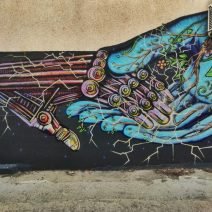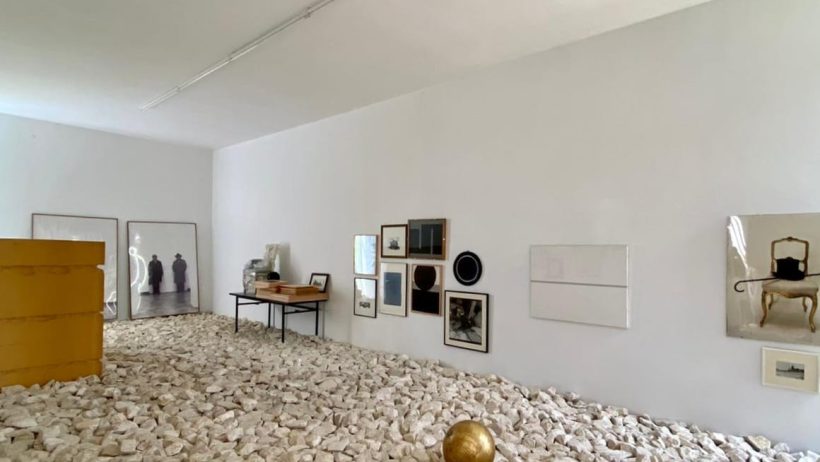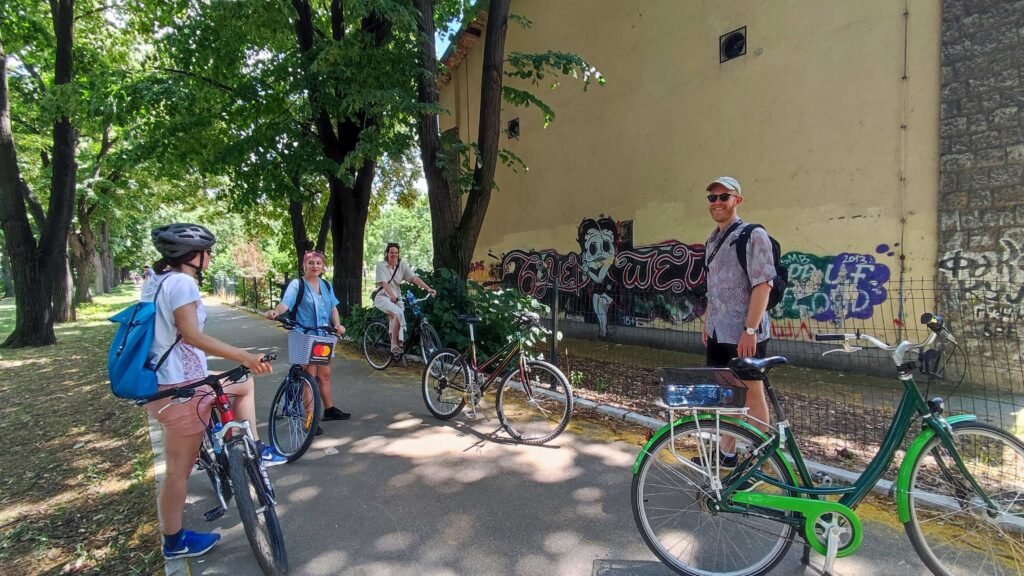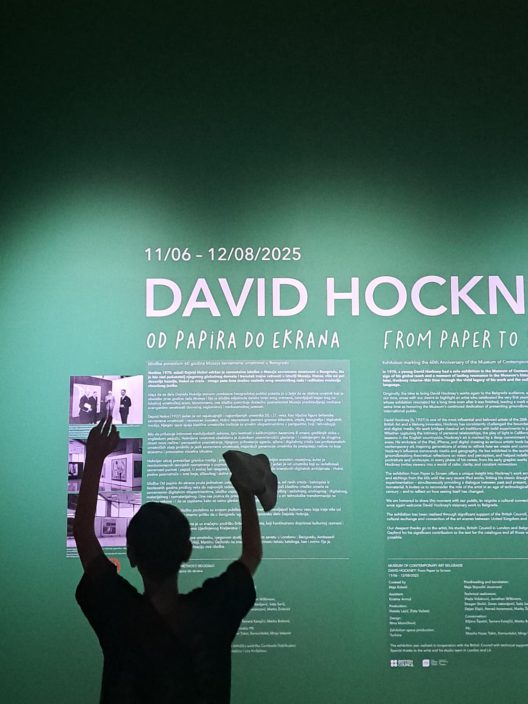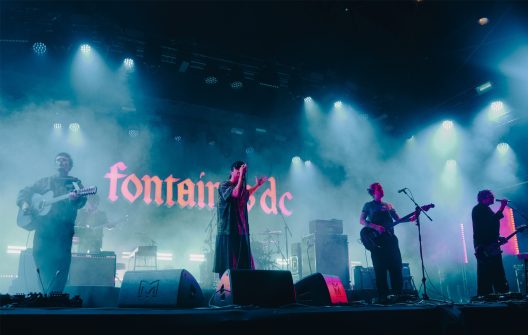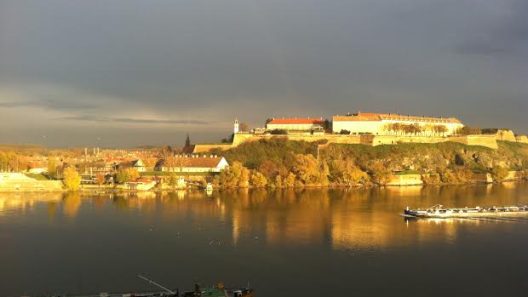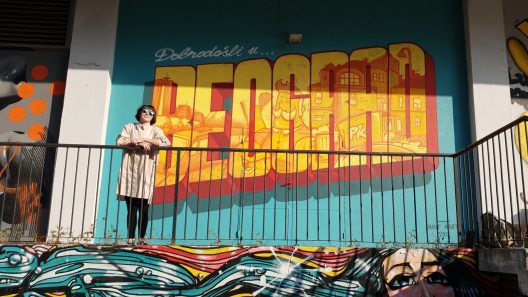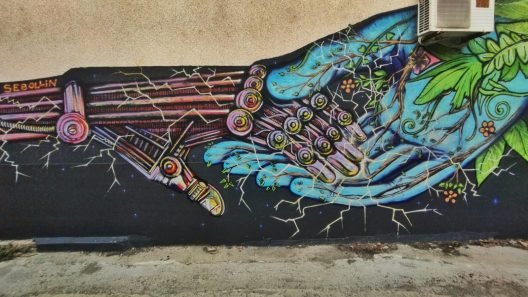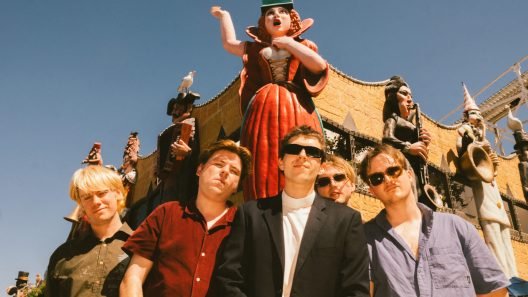From the Museum of Contemporary Art (MoCAB), to independent art spaces in the historic Dorćol neighborhood, Belgrade is home to a vibrant contemporary art scene. The city’s galleries showcase a rich array of works by both Belgrade-based and international artists.
Some venues are public institutions, such as MoCAB and the Cultural Centre of Belgrade (KCB), while others operate independently. Here is our selection of must-visit galleries, cultural centers, and art spaces in Belgrade.
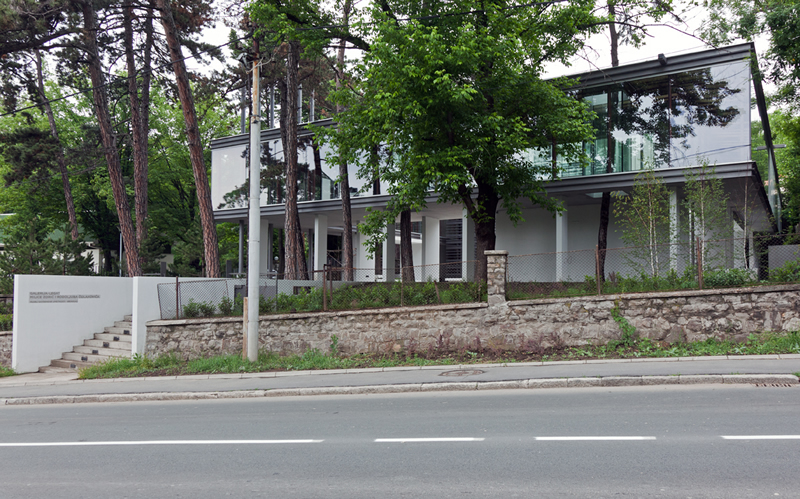
Let’s kick off with the Museum of Contemporary Art in Belgrade (MoCAB). Situated at the confluence of the Sava and Danube rivers, the museum is a landmark of modernist architecture, originally built in 1961. Recently renovated, MoCAB is now fully equipped to host major retrospectives and contemporary art exhibitions.
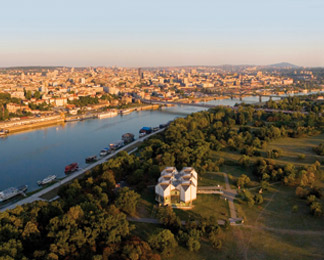
In addition to its main building, the Museum of Contemporary Art in Belgrade (MoCAB) manages three satellite spaces: the Čolaković Legacy Collection, the Gallery of Petar Dobrović, and the Salon of the Museum of Contemporary Art.
The first two—the Čolaković Legacy, itself an architectural gem, and the Petar Dobrović Gallery—are must-visit destinations for anyone interested in Serbian and Yugoslav art and art history.
The Salon of MoCAB, located at 14 Pariska Street in the Old Town, showcases cutting-edge contemporary works by both renowned local and international artists.
In Dedinje, near the Čolaković Legacy, true art connoisseurs should make a point to visit the House and Legacy of Petar Lubarda—an award-winning Yugoslav artist of the 20th century. This legacy is essential for anyone looking to delve deeper into the history of Yugoslav art.
Address: 1 Iličićeva Street
Another prominent cultural institution is the Cultural Centre of Belgrade (KCB). A wide range of events—exhibitions, panel discussions, lectures, concerts, and film festivals—take place at KCB and across the city. The Cultural Centre is also the main organizer of the October Salon, the most significant international visual arts exhibition in Serbia.
KCB’s visual arts programme provides insight into the contemporary art scene through regularly curated exhibitions featuring both local and international artists. There are two galleries within the same building: the Fine Art Gallery and Artget Gallery, the latter dedicated to photography.
On the main pedestrian street, visitors can stop by Gallery Progres, which hosts retrospectives of Serbian and Yugoslav artists, alongside exhibitions of contemporary creators. Nearby, the ULUS Gallery (run by the Association of Serbian Artists) regularly presents exhibitions by Serbian artists.
Just around the corner is the Zepter Museum, a private institution showcasing works by Serbian and Yugoslav artists from the second half of the 20th century. Not far away, on Topličin venac, stands the Museum of Applied Arts, which also features student exhibitions from the University of Arts and the Faculty of Architecture.
Finally, along the main pedestrian zone, three cultural institutes—Instituto Cervantes, the French Institute, and the Goethe-Institut—offer engaging exhibitions and cultural programmes and are well worth a visit.

We would also like to highlight the SKC Gallery, part of the Student Cultural Centre, where world-renowned performance artist Marina Abramović began her illustrious career. This gallery continues to support emerging and experimental art practices, making it an essential stop for those interested in the roots of contemporary performance and visual art in Serbia.
Another gem is the hidden gallery inside Dom Omladine (Youth Centre), which regularly hosts compelling exhibitions by local artists, offering fresh perspectives on the current art scene in Belgrade.
In Upper Dorćol, visitors often encounter the Cultural Centre Stari Grad (Parobrod), housed in a stunning architectural gem from the 1920s. The building is a unique blend of Art Deco and Serbian Modernism, originally designed in the shape of a steamboat to reflect its original function as the headquarters of the first Danube Steamboat Society.
Today, this distinctive venue hosts a vibrant programme of art exhibitions, talks, theater performances, debates, and film screenings, making it a dynamic cultural hub in the heart of Belgrade.

It’s worth noting that Belgrade’s independent art scene began to take shape in the 1990s, growing in response to social and political changes. Since then, a vibrant network of independent galleries and art spaces has emerged, ready to fulfill your artistic and aesthetic curiosities.
Some standout venues include:
Dorcol Platz (Ozon), ZVONO, U10, Vitamin X, Balkan Cinema, HESTIA, Eugster II Belgrade, November Gallery, Cultural Centre Grad, Magacin, KC Dorcol, KULA, DOTS, among others.
These spaces are dedicated to contemporary art, experimenting with diverse mediums, formats, and techniques, and often serve as important platforms for young, emerging, and alternative voices in the art world.

In the historic neighborhood of Savamala, visitors can explore several notable art and cultural venues, including Cultural Centre Grad, Magacin on Kraljevića Marka Street, Ostavinska Gallery, and Stab Gallery, the latter located in the newly developed Belgrade Waterfront residential area.
KC Grad is a dynamic, multi-functional space hosting a wide array of events, ranging from art exhibitions, concerts, parties, and fashion shows to film screenings and creative workshops. True to its name, it is a “cultural center” in every sense.
Housed in a former warehouse from 1884, this venue sits in what was once Belgrade’s industrial zone. By night, it’s a popular hotspot for Belgrade’s creative crowd and hipsters; by day, it doubles as a laid-back coffee bar.
Whether you’re into art, music, or simply soaking up the city’s alternative scene, KC Grad is a place worth visiting.

In our beloved Dorćol, art lovers should explore some of the city’s exciting newer art spaces, including Kulturni Centar Dorćol, DOTS, Monolog, KC Dorcol, and Kula, located in Cetinjska Street—a growing cultural hub known for its alternative spirit and creative energy.
Also, don’t miss Eugster II Belgrade, situated in a beautifully converted warehouse in the former industrial zone of Palilula. This London-style art space showcases cutting-edge works by both Serbian and international artists, and is a must-visit for anyone drawn to bold, contemporary expression.

When it comes to the New Belgrade art scene, we would like to highlight the Blok Gallery located on Jurija Gagarina Street.
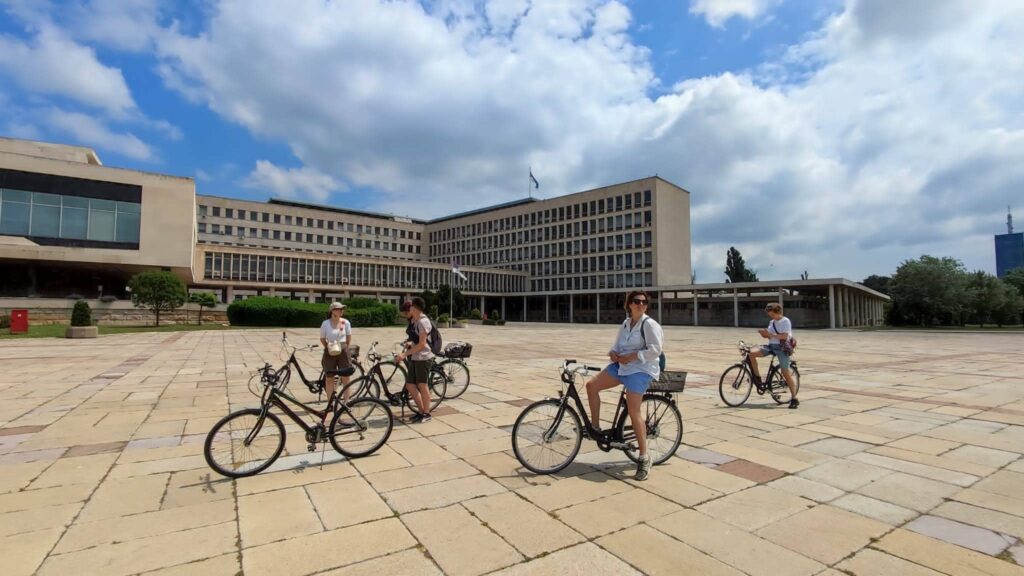
A group of young enthusiasts established Kvaka 22 in 2015. The space was originally an empty, neglected building, accidentally discovered by one of the founders. Interestingly, the squatters who once lived there had removed 22 door handles—“kvaka” in Serbian—which inspired the name of the space.
Kvaka 22 offers a diverse program that includes art exhibitions, a small museum showcasing artifacts from the former SFR Yugoslavia era, artist studios, concerts, DJ gigs, and live performances.
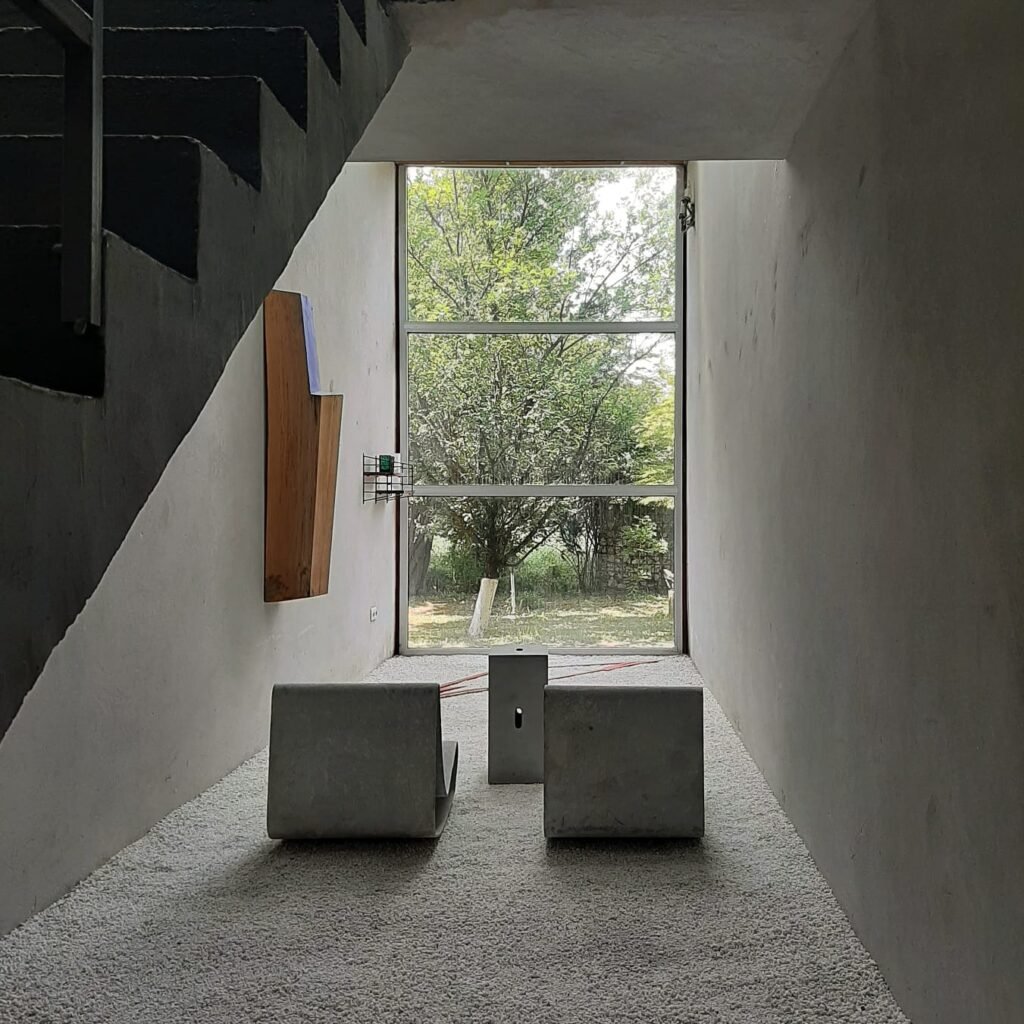
Serbian architects Ivan Kučina and Nenad Katić, together with art collector and creator Vladimir Macura, designed the Museum Macura in Novi Banovci. This museum is notable as the first purpose-built museum in Serbia since the Museum of Contemporary Art in Belgrade (1961) and the Museum of African Art (1972).
Opened in May 2008, Museum Macura has become a significant institution within the Serbian art scene. It houses the Macura Collection, one of the largest private collections of modern art in Southeast Europe. The collection focuses on 20th-century avant-garde movements, including Dadaism, Zenithism, Surrealism, Constructivism, Viennese Actionism, and others.
The museum’s holdings encompass paintings, sculptures, and industrial design pieces, showcasing the diversity and innovation of early modern art.
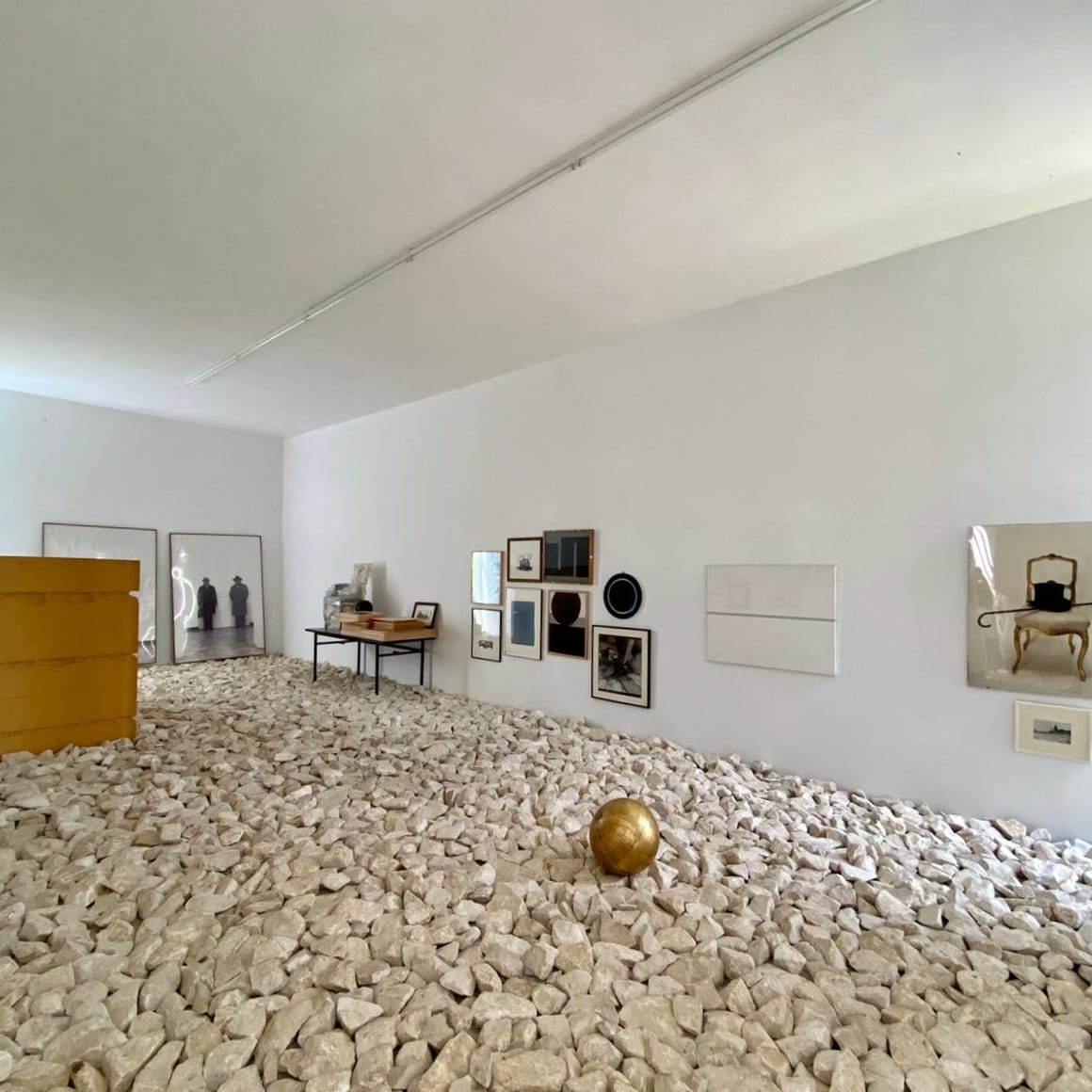
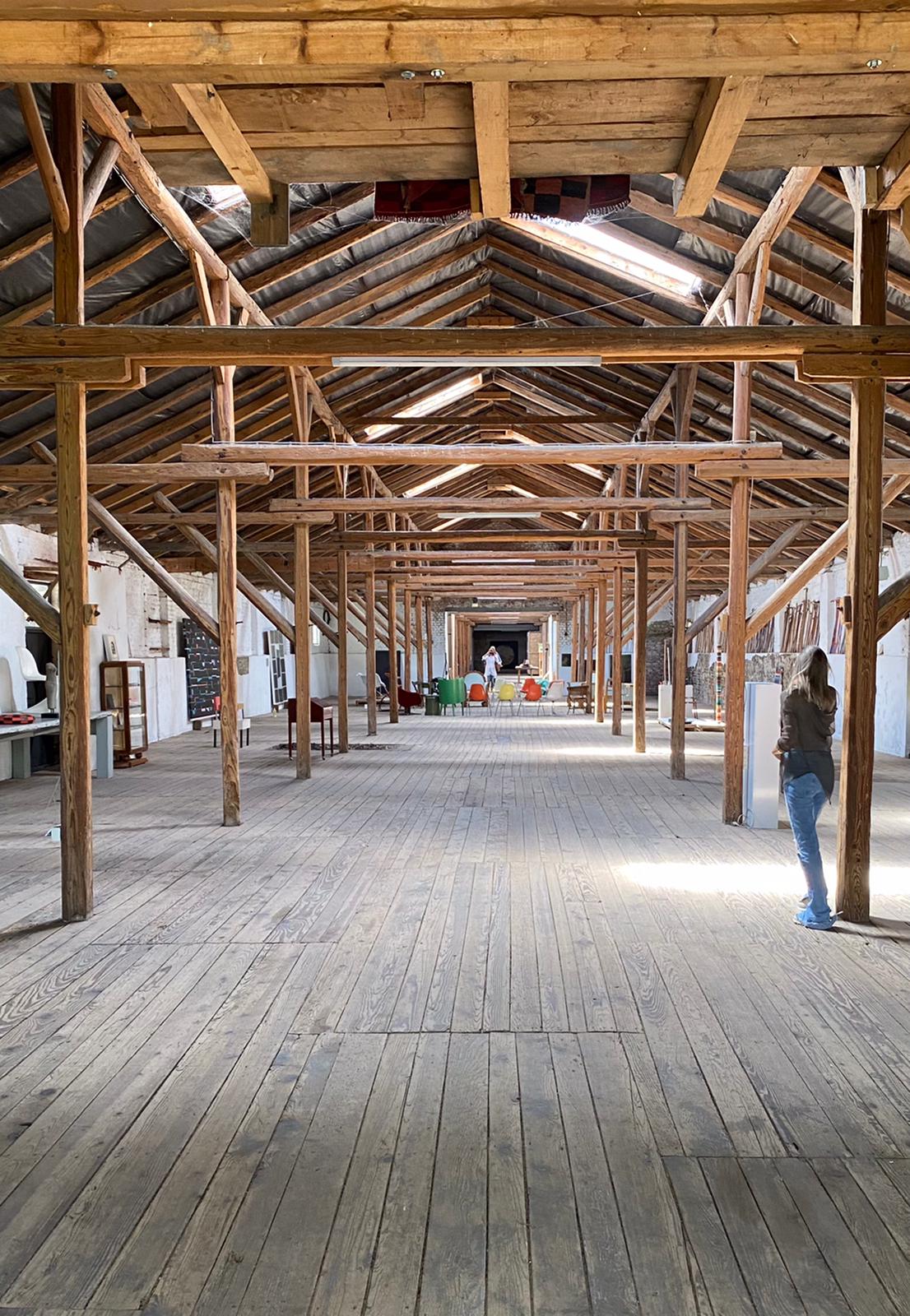
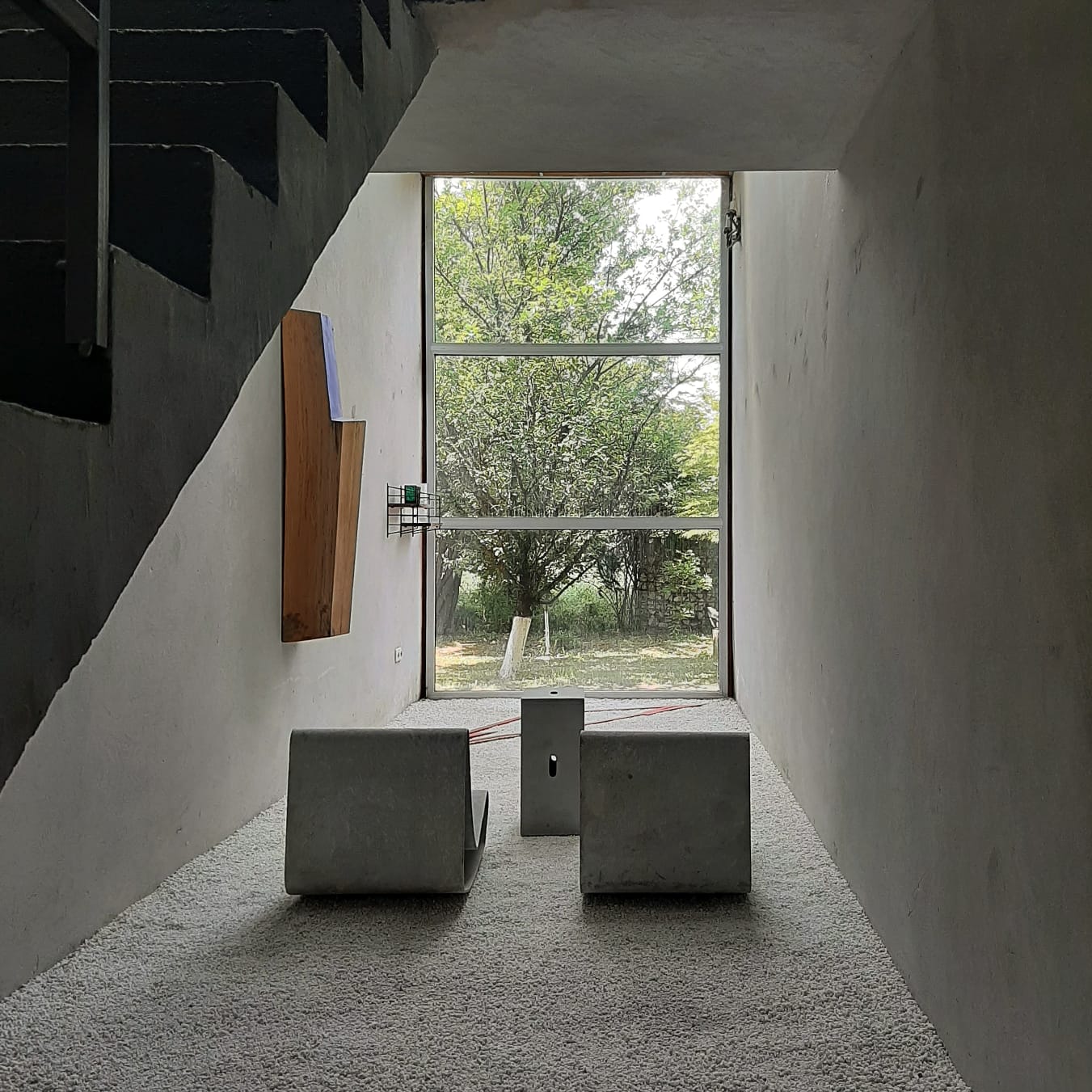
Macura’s contemporary art collection is complemented by extensive original documentation, including photographs, letters, magazines, and artifacts that provide deeper insight into the artists and movements themselves.
Location: The museum is situated in a rural setting atop a cliff overlooking the Danube River in Novi Banovci, near Belgrade.
Address: 1 Zenit Street, Novi Banovci, Serbia.
Visitors are also encouraged to explore the Macura warehouse, which offers additional context and exhibits related to the collection.
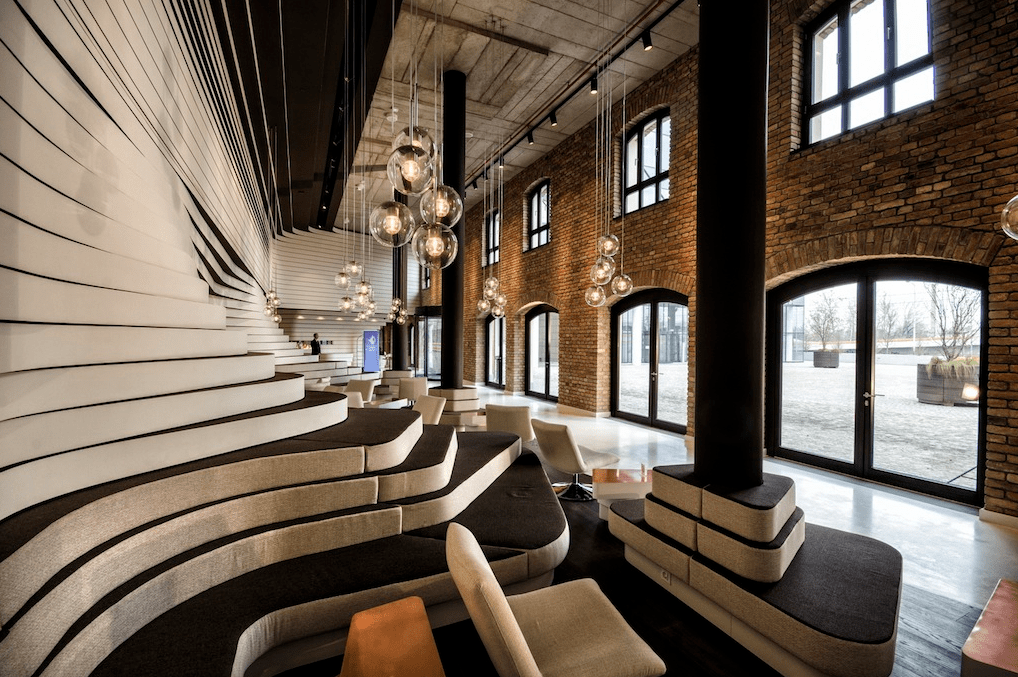
It should be noted that Catalan photographer David Pujado organizes pop-up photography exhibitions at the Old Mill Hotel, as well as the annual Belgrade Photo Month festival.
To conclude, it’s important to highlight the Belef Festival, an annual open-air theater event that enriches Belgrade’s vibrant cultural calendar with performances held across the city’s public spaces, adding life and creativity to urban areas.
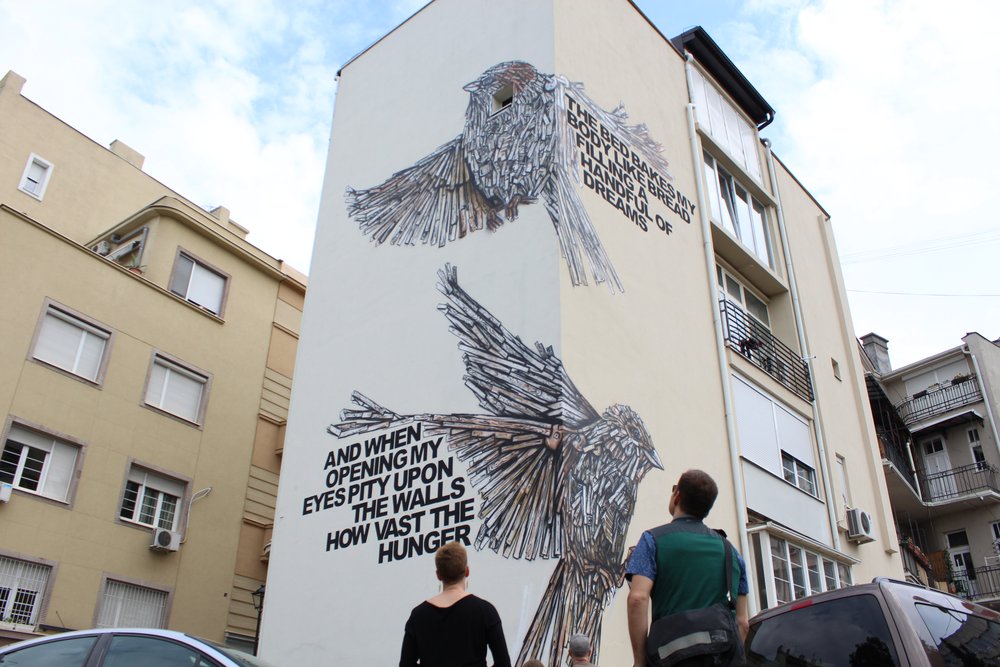
Additionally, the commissioning of murals has become a significant part of Belgrade’s contemporary art scene. These large-scale public artworks not only beautify the city but also serve as powerful tools for community engagement, cultural expression, and urban regeneration, transforming everyday spaces into dynamic canvases that reflect Belgrade’s diverse identity.
If you wish to explore the creative side of Belgrade, you can book one of our BELGRADE ART TOURS.

Writer. Blogger. Traveler. Researcher. Electronic Music Lover.
